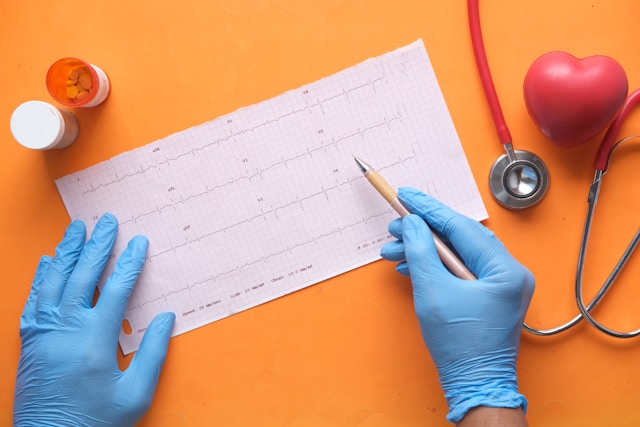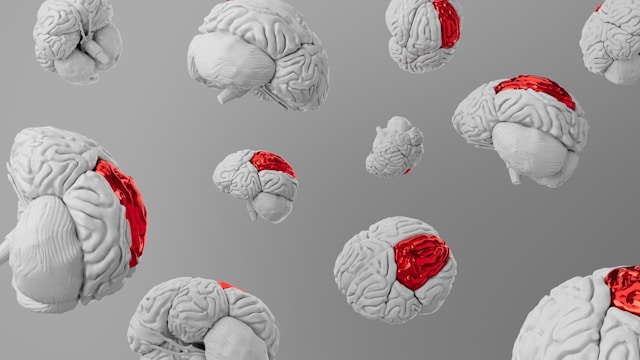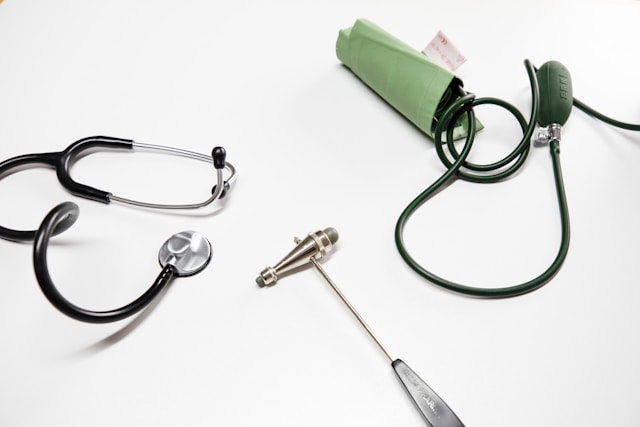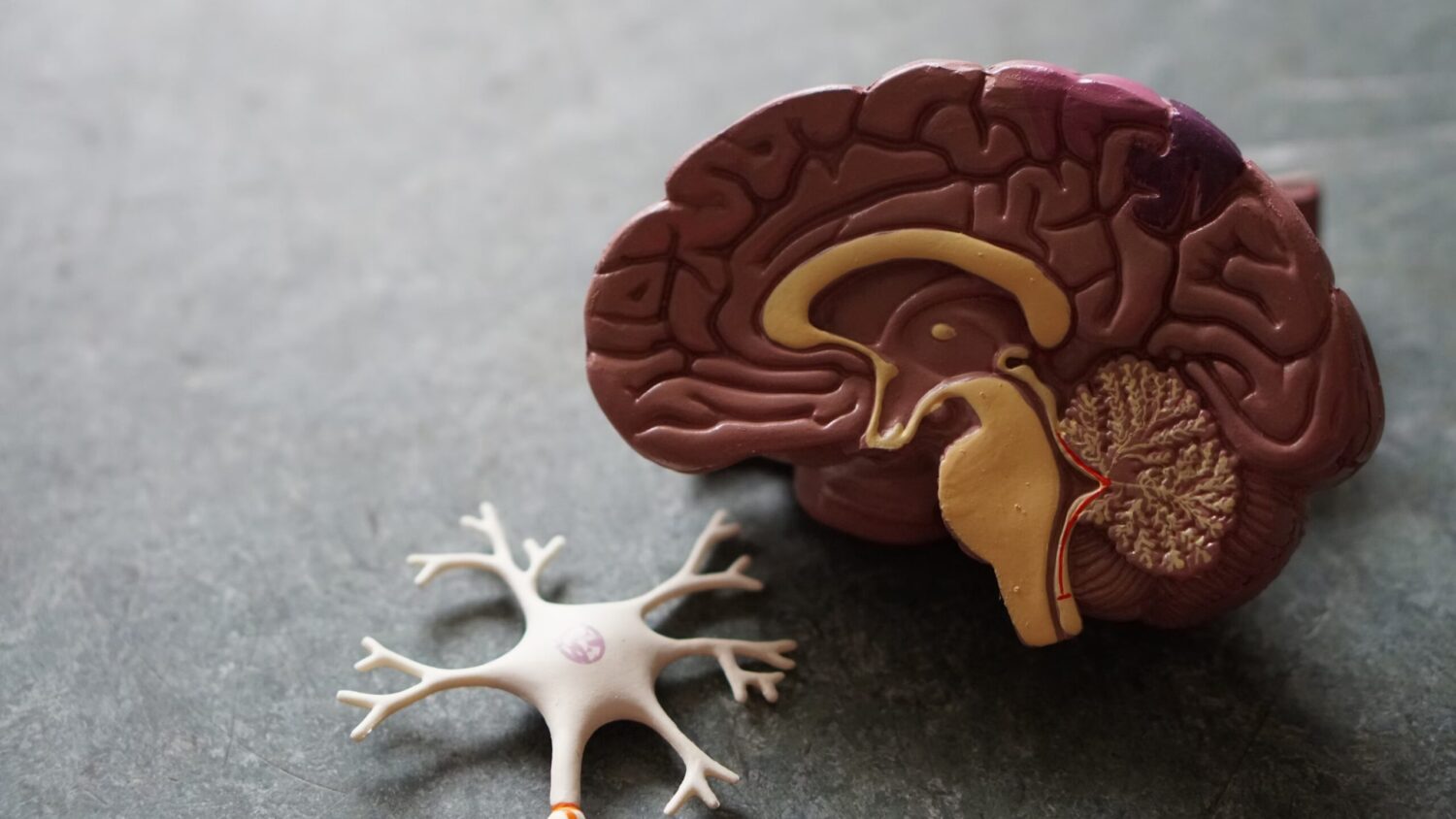E.A. Ushkalova 1 , S.K. Zyryanov 1.2 , I.A. Gopienko 1
1 FGAOU in Russian University of Friendship of Peoples, Moscow;
2 GBUZ in Moscow "City Clinical Hospital No. 24 of the Department of Health of the city of Moscow", Moscow
Reproduced drugs: Benefit ratio/risk
Place of publication:
neurology, neuropsychiatry, psychosomatics. 2021; 13 (6)
Summary:
The review discusses the interchangeability of drugs (drugs), approaches to registering original and reproduced drugs and types of equivalence, as well as problems with generics in clinical practice. The results of pharmacoepidemiological studies, widely leading in recent years, indicate an insufficient study of the influence of reproduced drugs on remote outcomes of chronic diseases, including mortality. The long-term economic prospect of the use of reproduced drugs remains unclear. The main reasons for the difference between the original and reproduced drugs include differences in the methods of synthesis of active substances, as well as as part of auxiliary substances and impurities. Comparative studies of the therapeutic equivalence of generics with the original and are carried out quite rarely and often suffer from methodological disadvantages, which does not guarantee comparable efficiency and safety of such drugs. In this regard, the automatic replacement of drugs containing the same active substance, without the participation of the attending physician, should be avoided.
Keywords: generics; bioequivalence; pharmaceutical equivalence; therapeutic equivalence; interchangeability.
Actual
Actual
THE INFORMATION IS INTENDED FOR HEALTHCARE AND PHARMACEUTICAL PROFESSIONALS. THIS INFORMATION IS NOT INTENDED AS A SUBSTITUTE FOR MEDICAL ADVICE.
Source of photos and images Shutterstock.com







